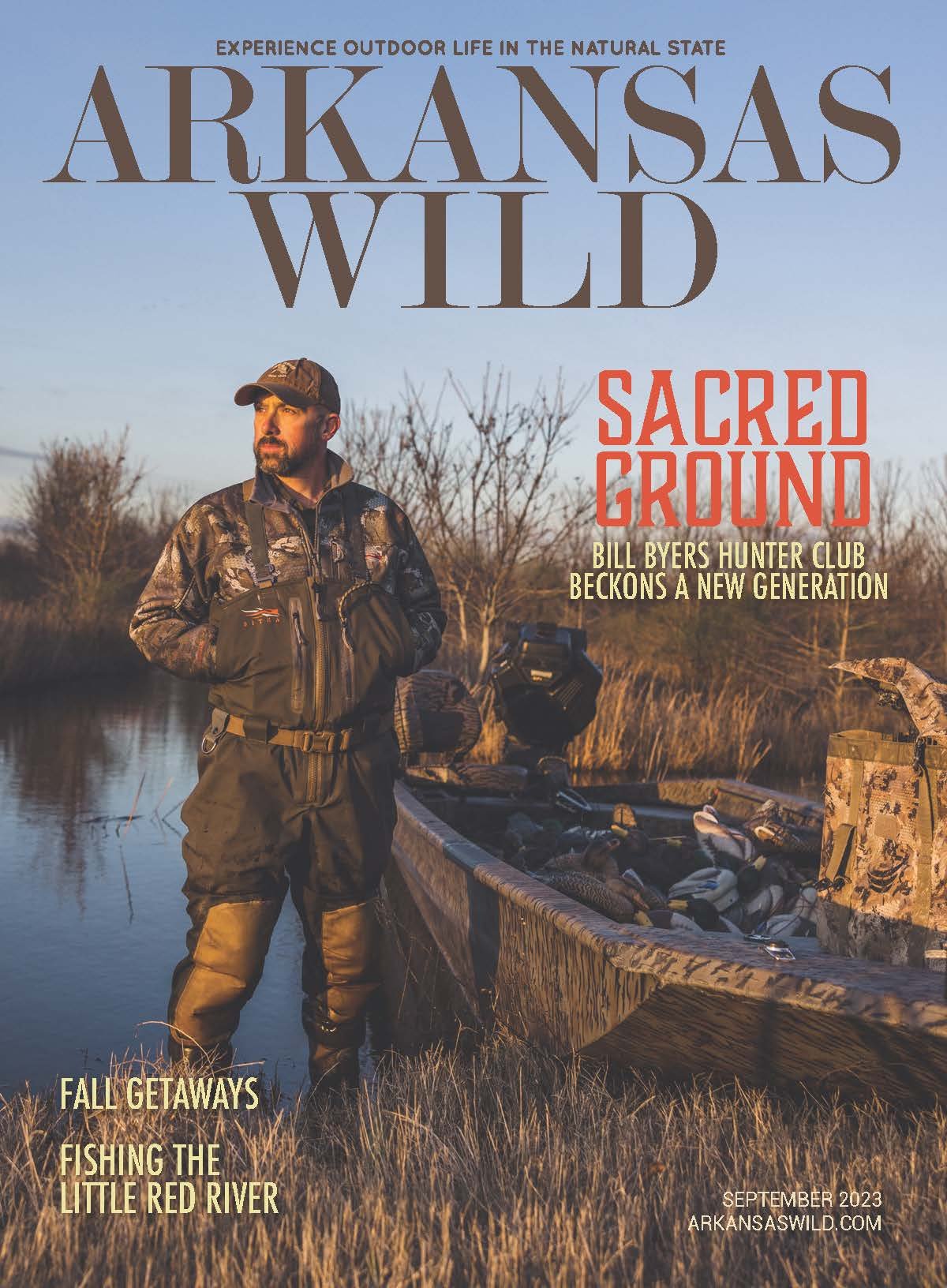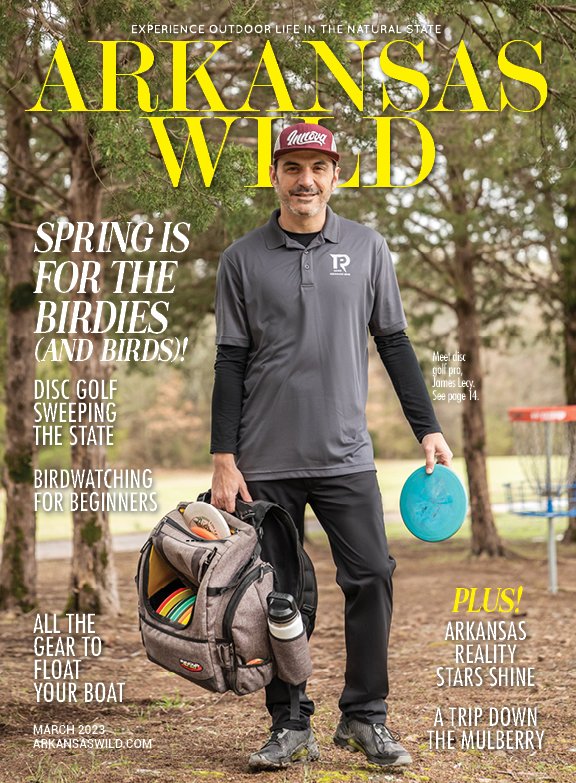Duck Jewelry
Leg bands tell a fascinating story of duck migration.
By Richard Ledbetter
Leg bands help researchers track the migratory patterns of ducks throughout the country.
There are plenty of signs that point to longtime, successful duck hunters. Knowing the best holes is one, mastery of the call is another. But the dead giveaway is the jingling metal rings dangling from around hunters’ duck call lanyards, a point of pride and a testament to the hunter’s experience.
Bands help unravel the mystery of waterfowl behavior. Certain species such as wood ducks practice lateral migration, moving from east to west rather than the more commonly understood north-south transits. Bands prove these birds regularly travel from Kentucky to Missouri.
Bird banding studies conducted by the U.S. Geological Survey temporarily capture all variety of waterfowl species from different points along their migratory routes, placing the unobtrusive, numbered aluminum bands on the creature’s leg. This goes into the overall tracking system of bird habits.
Before the dawn of the internet, harvested birds had a toll-free number listed on each band the hunter could call to report the time, place and serial number of harvest. Now there’s a web address (www.reportband.gov) to accomplish the same ends.
As a reward for hunter participation, an attractive USGS Certificate of Appreciation is emailed to the sportsman, who may then proudly print it out for display. Band certificates contain all relative data regarding the particular bird, including where, when and by whom it was banded, where, when and by whom harvested and when hatched. Certificates also contain the species and sex of a bird.
Dr. Douglas Osborne, associate professor of wildlife and founder of Osborne Lab at the University of Arkansas at Monticello, is in his fifth year conducting southeast Arkansas duck banding immediately following duck season.
“We’ve banded just short of 10,000 mallards for the five years we’ve been at it. We’re catching more mallards than anyone else in the south.”
“What we’re doing at UAM is a pivot study,” he said. “Most leg banding is done in the spring when ducks are on their northern nesting grounds. Historically, winter banding hasn’t been used because there’s a lot of uncertainty. We’re banding a bunch of birds that have to breed, migrate back north and hatch their clutch all while surviving predation.
“With winter banding we don’t know what proportion of birds are dying before fall shooting time when the harvested bands start being reported.”
Osborne said banding helps establish timing in migration, changes in migration and survival rates. Not just anyone can legally capture and band waterfowl; rather, it requires a Master Banding Permit.
“I had multiple biology degrees and eight years’ experience working with other banders,” he said. “But I still had to convince the U.S. Fish and Wildlife Service by putting through research proposals selling myself as a scientist and what our research objectives were. The species we target for banding are speckle bellied [or greater white-fronted] geese, snow geese and mallard ducks.
“Our first goal is to establish survival rates from now until fall. We need a lot of bands out there to do that. We’ve banded just short of 10,000 mallards for the five years we’ve been at it. We’re catching more mallards than anyone else in the South.”
Asked how he knows the fate of birds he bands, Osborne noted he gets reports from spring banders on any birds they re-catch up north. He also gets a weekly email from the feds with a banded waterfowl report telling him where and when on their migratory route his subjects were bagged and reported.
“With this additional piece of the puzzle, we can further provide predictable data that helps federal managers make informed decisions for the future of this precious resource.”




